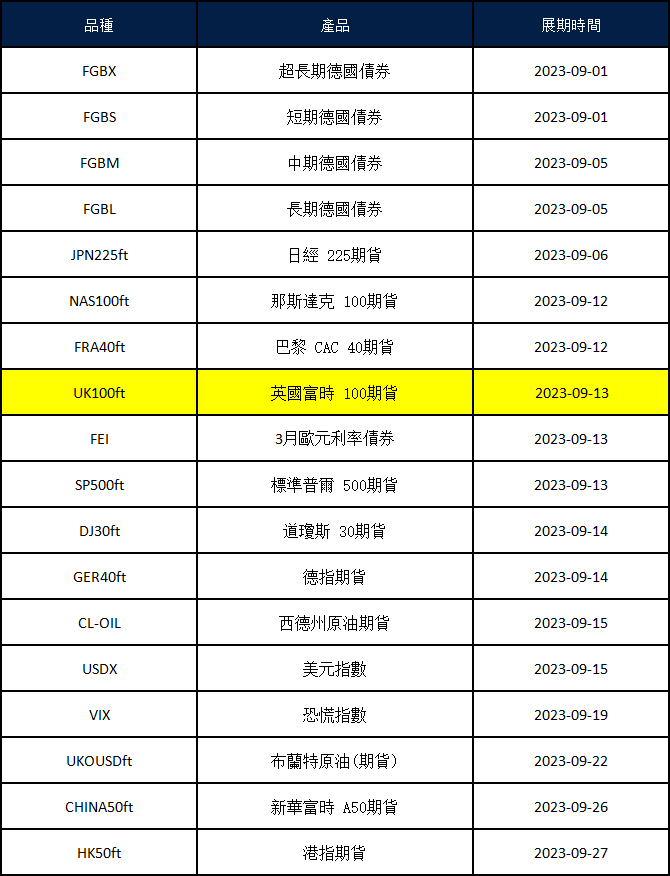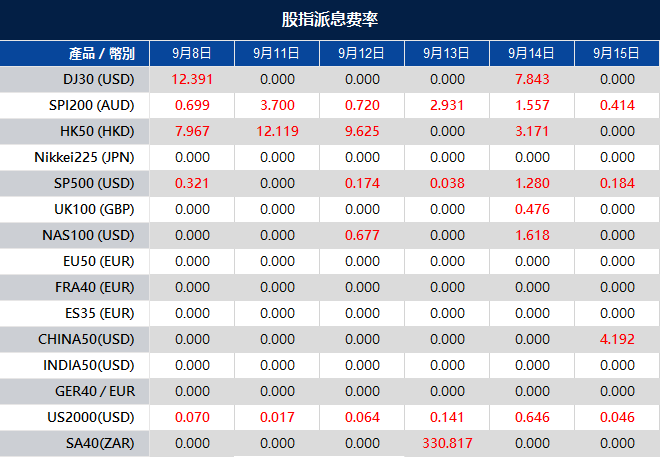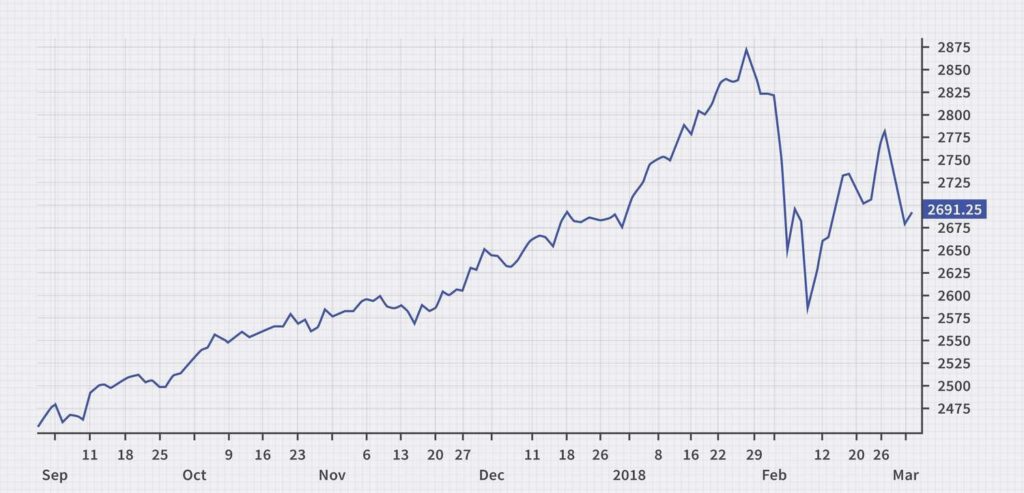In recent years, Forex and contract for difference (CFD) trading have seen a tremendous surge in popularity in the Middle East and North Africa (MENA) region. This growth can be attributed largely to increased market accessibility, technological advancements and the desire for diversified investment opportunities.
One of the main drivers of the growing popularity of Forex and CFD trading in the MENA region is the increasing accessibility to global financial markets. Traditionally, access to such markets was limited to institutional investors or high-net-worth individuals. However, with the emergence of online trading platforms and the widespread availability of internet services, retail traders in the MENA region can now easily participate in the global financial market. This shift has democratized trading and opened up new opportunities for individuals seeking to diversify their investment portfolios.
Low corporate tax rates and clear regulations have attracted many brokers to the region, and companies like VT Markets are catering and contributing to this growth in the MENA region. VT Markets is a well-known and respected broker that offers multi-asset trading services to retail traders worldwide, with a focus on Forex and CFD. Based in Australia, this brokerage has established itself as a trusted name over the last decade by providing innovative products and services that cater to the needs of traders. With over 200,000 clients from over 160 countries, the company has cemented its reputation by facilitating an average daily trade volume of over 4 million trades each month. Traders can sign up for an account with VT Markets in a matter of minutes.
The development of user-friendly trading platforms and mobile applications has made it easier for traders to access and trade financial markets on the go. Platforms like VT Markets provide real-time market data, charting tools and educational resources that enable traders to make informed investment decisions.
VT Market has successfully created a trustworthy and user-friendly platform that caters to the needs of all traders, particularly those in the MENA region who are new to trading. The demand for mobile app trading has been soaring, with a staggering $22 billion in revenue generated in the year 2022 in the U.S. alone. Forex trading has reached new highs, with a daily turnover of $7.5 trillion globally in 2022, up from $6.6 trillion in 2019. There are approximately 10 million Forex traders globally.
Interestingly, more than 50% of Forex traders favor trading through mobile devices or apps. Recognizing the demand for mobile apps, VT Markets provides a range of platforms to cater to different preferences, including the renowned MetaTrader 4 and 5 platforms, along with WebTrader, WebTrader+, and their proprietary VT Markets app.
The company was honored with the title of Best Multi-Asset Broker in South Africa 2023 by World Business Stars Magazine, solidifying its reputation as a reliable broker. VT Markets’ excellence in Forex trading was also acknowledged by World Business Stars Magazine, which awarded the company Best Forex Platform in UAE 2023. Notably, the company was also recognized as the Best Multi-Asset Broker in the MENA region for 2023 by International Business Magazine, further highlighting its appeal and recognition among traders in the Middle East and North Africa. These awards highlight VT Market’s commitment to providing exceptional services and platforms to its clients.
Learn more about VT Markets by visiting its website.
Featured photo by Yiorgos Ntrahas on Unsplash.
This post contains sponsored content. This content is for informational purposes only and not intended to be investing advice.
About VT Markets:
VT Markets is a global multi-asset broker, providing access to a wide range of financial markets for traders and investors worldwide. With a strong commitment to innovation, technology, and client satisfaction, VT Markets offers competitive trading conditions, advanced trading platforms, and a comprehensive suite of educational resources. As a responsible corporate citizen, VT Markets is dedicated to making a positive impact on society through its corporate social responsibility initiatives.
For more information, please visit the official VT Markets website. Alternatively, follow VT Markets on Meta, Instagram, or LinkedIn.
For media enquiries and sponsorship opportunities, please email [email protected]






















